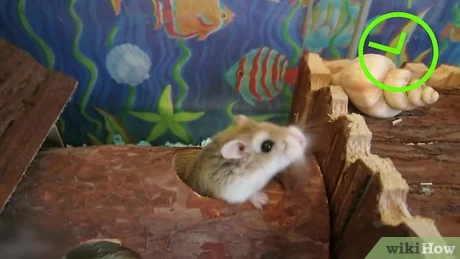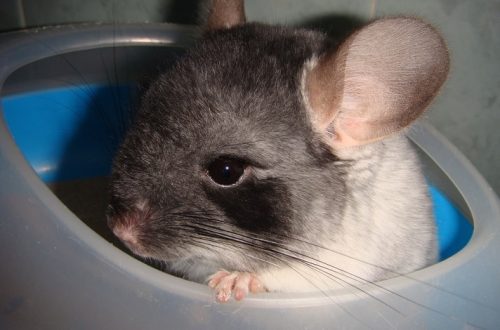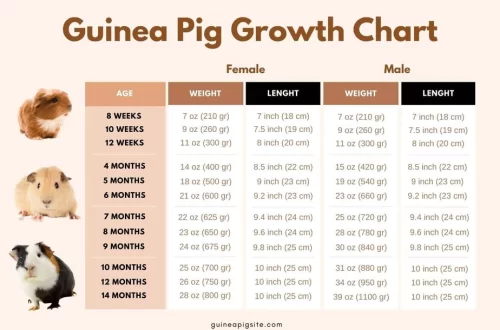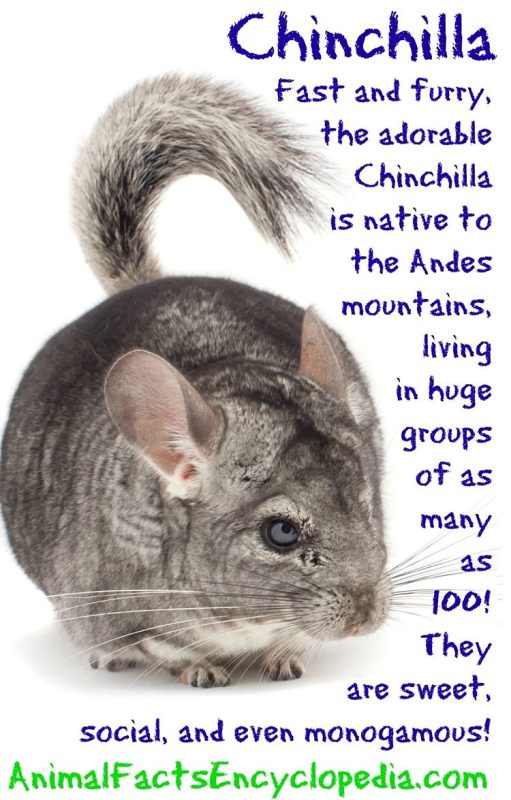
Chinchilla is an amazing animal: description with photos and characteristics of the animal as a pet
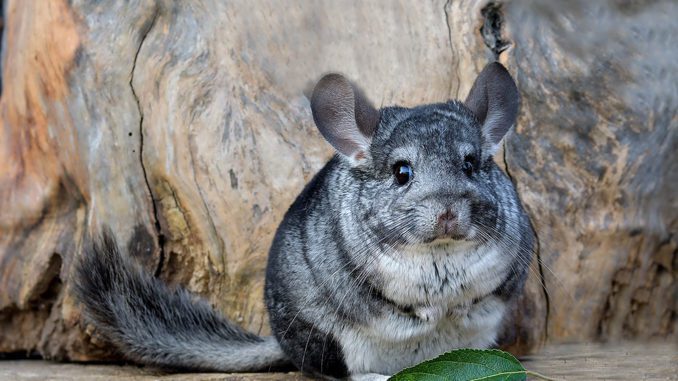
Where do chinchillas live, what family do they belong to, are they related to a rat or a squirrel, and how many years can they live in captivity? Such questions are often of interest to fans of these little amusing rodents.
Contents
- Who is a chinchilla?
- Chinchilla: natural habitat
- Шиншиллы: классификация
- The history of the origin of chinchillas
- Types and varieties of chinchillas
- Chinchilla as a pet: the history of their domestication
- What does a chinchilla look like: a description of the appearance
- The closest relatives of chinchillas
- Chinchilla as a pet: care and necessary conditions of detention
- Образ жизни шиншилл
- Are chinchillas intelligent?
- Features of character and behavior
- Features of the collective and solitary keeping of animals
- Reproduction
- Видео: кто такие шиншиллы
Who is a chinchilla?
Шиншиллы – это милые, смешные и симпатичные зверьки, которых многие люди содержат в качестве домашних питомцев.
Because of the thick iridescent fur, fluffy animals have also become the object of attention of fashionistas who want to flaunt in a luxurious chinchilla coat. Therefore, in nature, the number of these amazing animals is catastrophically reduced.
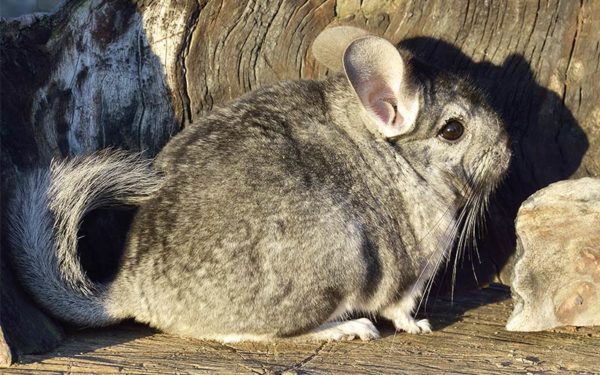
At the moment, exotic rodents are listed in the Red Book as an endangered species. And who knows, if lovers of natural fur were told everything about chinchillas and what amazing and wonderful animals they are, maybe now they would not be endangered?
Chinchilla: natural habitat
Chinchillas are native to South America, where they inhabit the highlands of countries such as Argentina, Bolivia, and Chile.

The South American Andes and Cordillera mountains with a harsh climate and rocky arid terrain have become a haven for these small furry rodents. Animals live in groups that number several dozen individuals. To hide from enemies and protect their offspring, rodents settle in deep burrows or rock crevices.
Шиншиллы: классификация
Chinchillas are a genus of herbivorous mammalian rodents belonging to the Chinchilla family.
According to the scientific classification of chinchillas include:
- к царству животных;
- to the type of chordates;
- to the class of mammals;
- to the infraclass placental;
- to the order of rodents;
- to the suborder of porcupines;
- to the superfamily chinchillas;
- to the chinchilla family;
- to the chinchilla genus.
The history of the origin of chinchillas
Where did they come from, and from what animals do chinchillas originate, is not known for certain. During excavations in the Cordillera, archaeologists found the fossilized remains of prehistoric animals, according to the type of genetic structure, reminiscent of modern chinchillas, however, they had much larger sizes. According to rough estimates, the ancient beast to which the bones belonged lived about forty thousand years ago, so the history of these fluffy rodents goes back more than one millennium.
The first literary mention of chinchillas dates back to the fifties of the sixteenth century. Small animals were mentioned by the Spanish historian Pedro de Ciesa, who sailed to the countries of South America along with the conquering conquistadors. The Spaniard described fluffy tailed rabbit-like animals, from the skins of which the locals made outerwear in his book Chronicles of Peru, dedicated to the history and lifestyle of the Peruvian Incas.
But the Incas were not the first Indians to pay attention to the luxurious fur of chinchillas. When Pedro de Ciesa began to ask the indigenous inhabitants of Peru about these animals, it turned out that the Incas began the extraction of chinchilla skins after they conquered the territories of another Indian tribe called the Chincha. There is a version that fluffy rodents began to be called chinchillas, thanks to the consonant name with the Chyncha tribe, who were engaged in their fishing and trade in skins.
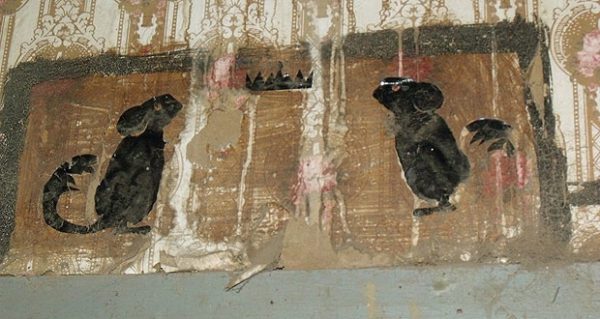
Remarkably, the Incas themselves greatly valued the fur of rodents, so they strictly controlled the extraction of their skins so as not to cause significant damage to their population. But at the end of the fifteenth century, after the conquest of the Incas by the Spaniards, the conquerors began a massive hunt for small animals, which almost led to their complete destruction.
After sending the first batches of chinchilla skins to Europe, the demand for them increased to an unthinkable scale. By the end of the eighteenth century, money-hungry hunters had exterminated the animals in most of their natural habitats. Once a millionth population of chinchillas was on the verge of extinction, and in the highlands of Peru, these rodents were completely destroyed.
Important: concerned about the current situation and wanting to stop the extermination of furry animals, the governments of Chile, Argentina and Bolivia introduced a ban on the extraction and export of chinchillas, and severe punishment was introduced for poaching.
Types and varieties of chinchillas
Even before the beginning of the nineteenth century, three types of these rodents were classified in nature:
- royal chinchilla;
- common or small long-tailed chinchilla;
- large short-tailed chinchilla.
Обыкновенная длиннохвостая шиншилла, которую еще называют береговой, населяет высокогорья Чилийских Анд. Это небольшие зверьки с округлым компактным телом, длиной не превышающим тридцати сантиметров, весящие от пятисот до восьмисот грамм. У грызунов длинный (четырнадцать-семнадцать сантиметров) пушистый хвост, крупные уши и густой мех, предохраняющий их от холода. Именно длиннохвостых шиншилл чаще всего содержат в качестве домашних питомцев.

Большие короткохвостые шиншиллы, известные еще, как перуанские или боливийские, в дикой природе встречаются крайне редко и считаются исчезающим видом. Родина шиншилл данного вида – скалистые горные районы Аргентины и Боливии. От длиннохвостых сородичей большие шиншиллы отличаются более крупными размерами (длина их тела тридцать-сорок сантиметров) и коротким, покрытым жесткими волосками хвостом. Из-за роскошного густого меха были почти полностью истреблены, поэтому на данный момент находятся под защитой Международного Союза Охраны Природы и охота на них запрещена.
The species of royal chinchillas, unfortunately, was completely exterminated by hunters. Only a stuffed animal of a representative of the royal chinchilla has survived, which you can see by visiting the Natural History Museum in Germany. These animals were the largest in the chinchilla family, with small rounded ears and a rather short (up to eight centimeters) tail.
As a result of crossing short-tailed and long-tailed chinchillas, several varieties of these rodents have appeared, which have the characteristic external features inherent in these two species, but differ in a variety of coat colors.
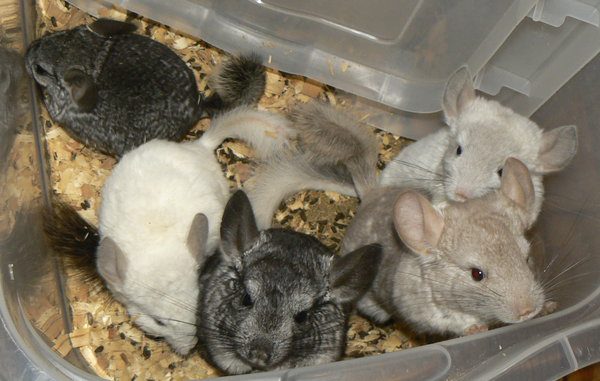
Chinchilla as a pet: the history of their domestication
После того, как численность шиншилл, вследствие непрекращающейся на них охоты, сильно сократилась, были предприняты несколько попыток одомашнить этих животных. Но из-за скрытого образа жизни зверьков, у людей не было о них, ни малейшего представления. Никто не знал, в каких условиях они должны содержаться, как их правильно кормить, поэтому все попытки их разведения в неволе заканчивались неудачей.
It was only at the beginning of the nineteenth century that the dream of many people about a chinchilla farm was realized by a man named Matthias Chapman. As a mining engineer, Chapman worked at a Chilean mine, working closely with the indigenous population. And when a local resident approached him with an offer to sell a strange animal, an interested engineer bought a fluffy rodent from an Indian.
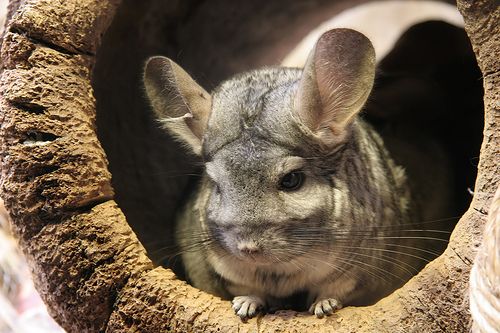
Watching his new pet, Matthias began to think about how to transport several of these animals to the United States and come to grips with their breeding. Having hired several Indians as guides and catchers of chinchillas, the engineer went on a mountain expedition. After capturing eleven adults, three of which were females, Chapman returned with them to America. During the trip, one female even gave birth to two babies, although only one survived.
Эти двенадцать шиншилл Чэпмена стали первыми грызунами, которые принесли потомство в условиях неволи, положив начало одомашниванию пушистых зверьков. Через пятьдесят лет в США и соседней Канаде существовало уже несколько тысяч питомников и шиншилловых ферм. Хотя по большей части шиншилл разводили ради ценного меха, многие заводчики начали продавать этих зверьков, как домашних питомцев. В любом случае это считалось прибыльным бизнесом, так как стоимость одного грызуна в среднем была сто-сто пятьдесят долларов.
Now these rodents are also bred in Europe, getting new unusual colors of chinchillas as a result of breeding work.
What does a chinchilla look like: a description of the appearance
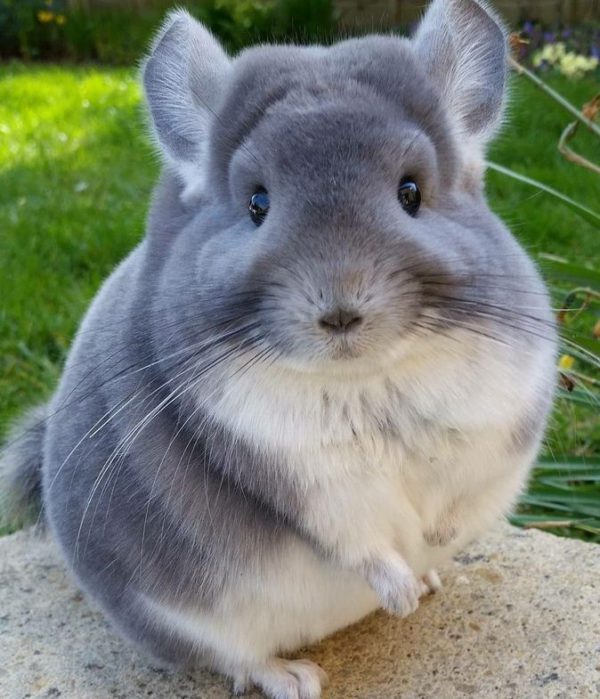
At first glance, it may seem that an adult chinchilla looks like a mouse or a rat, only of a larger size. But upon closer acquaintance with these beautiful fluffy animals, many people are convinced that their first opinion was wrong. After all, chinchillas have a unique appearance and unique charm, which distinguishes them from other domestic rodents:
- rodents have a small rounded body. The weight of animals varies between five hundred and eight hundred grams. Females are slightly larger and heavier than males;
- their front legs are short and poorly developed, but their hind legs are long, strong and muscular, thanks to which fluffy animals can jump up to two meters high. There are four fingers on the hind legs, the front legs are equipped with five flexible and movable fingers, allowing the chinchilla to grab and hold prey tightly;
- the tail of the animals is long, covered with thick coarse hair;
- the head is round, the neck is short and strong. The ears are long, with rounded tips. The eyes of the animals are round and expressive, of a dark shade. The whiskers are long and thin;
- The strong teeth of rodents grow throughout their lives. Adults have twenty teeth – four long incisors and sixteen small molars, and newborn babies have eight molars and four incisors. Another interesting fact: animals are born with white teeth, and as they grow older, their teeth acquire a rich orange color;
- the fur of fluffy animals is soft, thick, dense and velvety, which makes chinchillas look like plush toys;
- касательно окраса, то стандартный цвет шерсти диких шиншилл – серо-голубой. Но в ходе селекционных работ были выведены грызуны с черным, белым, бежевым, фиолетовым и коричневым окрасом меха.
Newborn cubs of fluffy animals look especially touching and touching. Babies are born covered with soft, delicate fur and with open, wide-open eyes, so the little chinchilla is ready to explore the world from the very first minutes of life.

The closest relatives of chinchillas
Looking at the rounded muzzle, long ears and fluffy tail of animals, many people are wondering – who is the chinchilla, a rabbit or a squirrel? But besides the resemblance, the guests from South America have nothing in common with these animals.
It’s hard to believe, but the closest relative of fluffy chinchillas is the animal with the longest and sharpest spines among mammals – the porcupine.
А ели говорить о генетическом строении и схожести образа жизни, то наиболее близкие родственники шиншилл – это вискачи, грызуны размером с кролика, также обитающие в горных вершинах Анд.
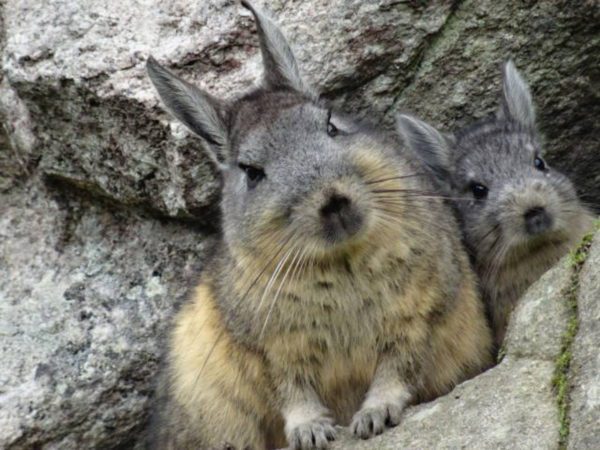
Chinchilla as a pet: care and necessary conditions of detention
Приняли решение завести шиншиллу? Эти зверьки неприхотливые и нетребовательные, но для комфортного проживания питомца следует создать оптимальные условия и обеспечить ему необходимый уход:
- choosing a cage for a fluffy pet is one of the most important stages. The rodent’s dwelling should be spacious and roomy, with several shelves and made of durable, safe material;
- клетка должна быть оборудована кормушкой, поилкой и домиком. Если позволяют размеры клетки, можно ее оформить дополнительными аксессуарами (гамаком, лесенками, туннелями и игрушками);
- Another important point is the feeding of chinchillas. They feed mainly on cereals and hay, so you should choose high-quality grain or granular food for your pet;
- The Indians believed that the chinchilla animal does not drink water at all, but this is not so. Although rodents drink little, there should always be fresh clean water in their cage;
- once or twice a week, fluffy rodents are given sand baths to make the fur of the animal look attractive and well-groomed.
Important: unlike other domestic rodents, chinchillas live a very long time. With proper care, a pet can live fifteen to twenty years.
Образ жизни шиншилл
В дикой природе эти грызуны ведут ночной образ жизни и в домашних условиях животное шиншилла также спит днем, проявляя активность только в темное время суток.
And if you have a fluffy pet at home, get ready for the fact that you will have to adapt to such a night mode of the day.
Some owners try to teach the animal to sleep at night and stay awake during the day, but experts do not recommend doing this. If you do not give the chinchilla a rest and sleep during the day, the pet will become nervous and irritable, which can lead to stress and psychological disorders.
Are chinchillas intelligent?
Пушистых грызунов можно уверенно назвать умными и сообразительными. Многие шиншиллы умело манипулируют владельцами, выпрашивая у них лакомство или очередную прогулку по квартире.
Cunning pets take advantage of the fact that the owner cannot resist the offended expression of their faces and rush to please the pet with a delicious treat or open the cage. Knowing about this weakness of the owner, many chinchillas put on an unhappy and distressed look, and the smarter ones even grab the bars of the cage with their fingers, begging to be released into the wild.
Features of character and behavior
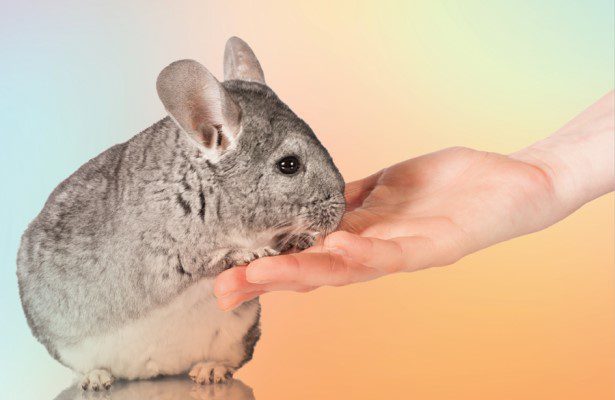
Каждая шиншилла обладает своим характером и нравом и поведение двух зверьков, даже из одного помета может кардинально отличатся.
Like people, chinchillas are divided into four types according to the type of character.
Choleric
These are smart, mobile and active animals. During the day, the animals sleep, but they have a very light sleep and the rodent wakes up at the slightest rustle. During waking hours, the pet inquisitively explores the environment and everything that interests him. Pets of this type are very shy, and if the animal is frightened, it will panic rush all over the cage, sweeping away everything in its path.
Sanguine
Chinchillas belonging to this type are also active and curious, but not shy and react more calmly to loud sounds and rustles. Rodents do not like to sit in one place for a long time and will walk around the apartment with pleasure, if the owner allows it.
Phlegmaticians
Rodents related to phlegmatic, calm and balanced. They spend the whole day in their house, preferring sweet sleep to active games. Even during waking hours, phlegmatic pets move slowly and lazily, freezing in one place for a long time and looking at everything around with an attentive look.
Melancholic
Это самые спокойные и тихие животные. Они настолько пугливы, что при громком звуке могут забиться в самый дальний уголок клетки и полдня оттуда не выходить. Грызунов-меланхоликов нежелательно выпускать на прогулки по всему дому, так как зверек не будет бегать, а найдет себе темную и тихую щель, откуда его достать будет очень трудно.
Приручить легче всего шиншилл-сангвиников. Животные этого типа более доверчивы и обладают отличной памятью. Флегматичные зверьки также могут стать ручными и охотно сидеть на руках владельца, хотя для их приручения потребуется много времени. А вот животных, относящихся к типу холериков и меланхоликов приручить довольно сложно, так как они настороженно относятся к людям, и все время отвлекаются на посторонние звуки.
Important: females are smarter than males, they are much easier to tame and get used to the owner faster.
Features of the collective and solitary keeping of animals

Шиншиллы отлично себя чувствуют в одиночестве и могут всю жизнь прожить без пары.
But, if you decide to have several fluffy pets, then follow these rules:
- For breeding, it is advisable to buy an already formed pair.
- A female with several males can get along well in one cage.
- Do you plan to breed these rodents? Then get two males, as the boys will get along well with each other.
- Two females will never get along in the same cage and fights between females cannot be avoided, so never put two girls together.
Reproduction
Chinchillas become sexually mature and ready to procreate at the age of eight months.
The female carries the cubs for one hundred to one hundred and ten days. Given such a long pregnancy, the chinchilla is not allowed to give birth more than twice a year so that her body has time to recover.
Most often, two babies are born in rodents, rarely there can be three or four cubs in a litter. The female feeds newborn babies with breast milk. If the mother does not have enough milk, the cubs are transferred to artificial mixtures. To a full-fledged adult diet, babies are taught when they reach two months of age.
In conclusion, we can say that these are extremely cute, shy and vulnerable creatures. Therefore, knowing everything about chinchillas, one can only wonder how it is possible to exterminate these amazing and wonderful animals because of a fur coat or gloves.
Видео: кто такие шиншиллы
Who is a chinchilla: what does this unusual animal look like and what is it like as a pet?
3.1 (62.06%) 68 votes



